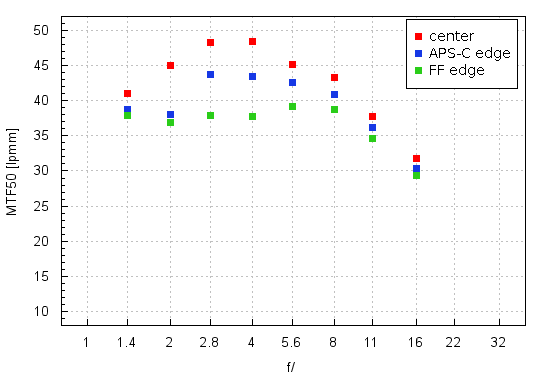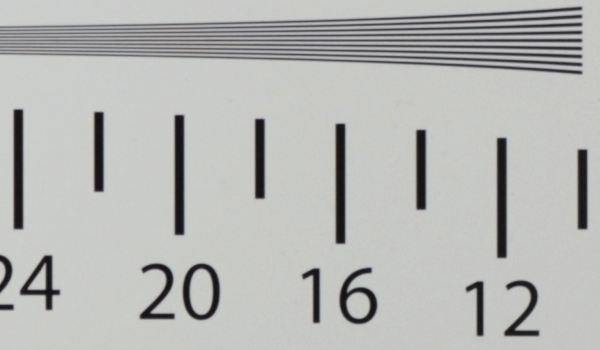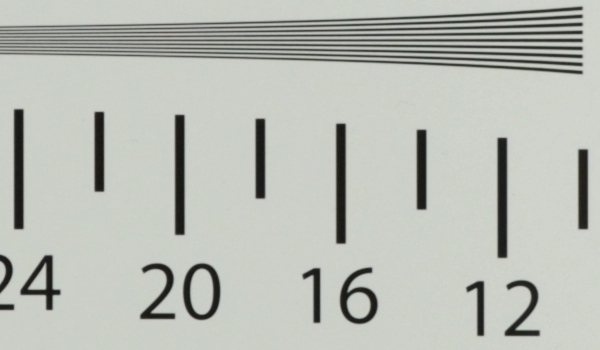Nikon Nikkor AF-S 105 mm f/1.4E ED
4. Image resolution
Let’s check how the tested lens compares with that.

Please Support UsIf you enjoy our reviews and articles, and you want us to continue our work please, support our website by donating through PayPal. The funds are going to be used for paying our editorial team, renting servers, and equipping our testing studio; only that way we will be able to continue providing you interesting content for free. |
- - - - - - - - - - - - - - - - - - - - - - - - - - - - - - - - - - - - - - - - - - - - - - - -
The performance in the frame centre is simply sensational. Already at the maximum relative aperture the images are of excellent quality because MTFs reach a value of 41 lpmm. On stopping down the situation even improves. By f/2.0 you get to a brilliant level of 45 lpmm and by f/2.8–4.0 the resolution is close to record values ranging from 48 to 49 lpmm.
The performance on the edge of the frame is interesting and immediately I would like to add the “interesting” term is not meant in any pejorative way. Overall the edge fares very well. Even at the maximum relative aperture MTFs are able to exceed 36 lpmm so images are of good quality. After stopping down the lens you are able to reach over 40 lpmm on the edge of the APS-C/DX sensor without any problems and on the edge of full frame you approach that value. It means you will be able to shoot photos of very good quality practically across the frame.
It is obvious the excellent image quality in the frame center, even with the lens wide open, was the priority of the constructors so the edges had to pay for it (a tactics which doesn’t surprise us in a portrait lens). As a result the combination of the field curvature, lateral chromatic aberration, astigmatism, coma and aberrations of higher degree makes MTFs determined on vertical and horizontal borders near f/2.0-2.8 change their values distinctly. After averaging them out you see the upward trend a bit wavering.
The effect described above doesn’t change our assessment of the tested lens which is very high. I don’t doubt it is actually one of the sharpest Nikkors I’ve happened to test so far. A round of applause for the constructors!
At the end of that chapter traditionally we present crops taken from photos of our resolution testing chart which were saved as JPEG files along with RAW files used for the analysis above.
| Nikon D3x, JPEG, f/1.4 |
 |
| Nikon D3x, JPEG, f/2.8 |
 |






